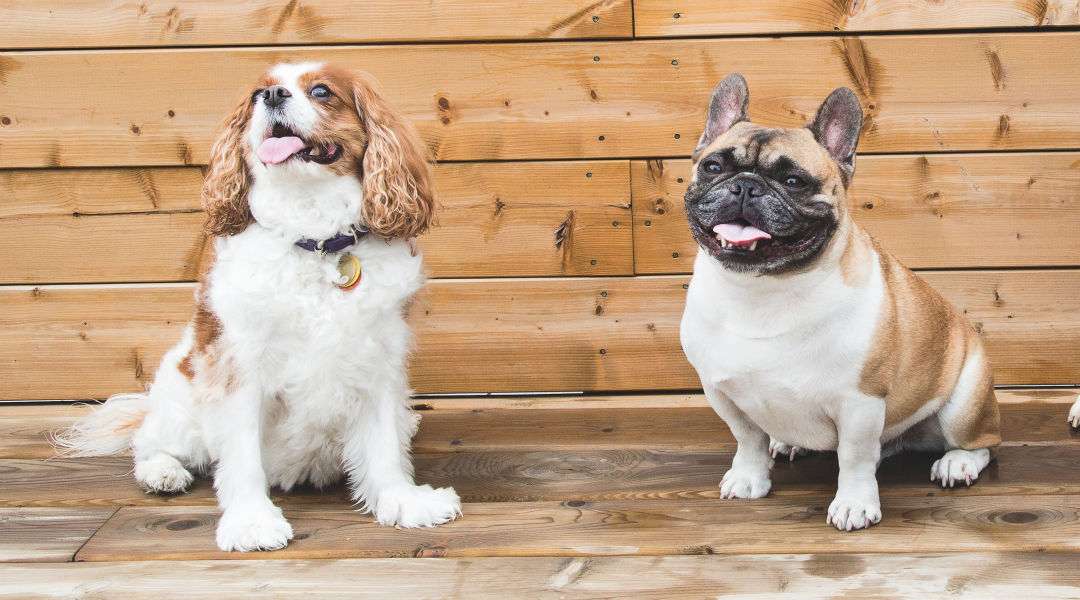
How to Crate Train a Puppy at Night
LifeSong StaffCrate training a puppy at night is a crucial aspect of ensuring your puppy feels secure and safe while also protecting your home from the potential chaos of an unsupervised puppy. It can also aid in house training and give your puppy a sense of routine and stability. Here’s a comprehensive guide on how to effectively crate train your puppy at night.
Why Crate Train?
Before diving into the how-to, it’s important to understand the benefits of crate training:
- Security: Dogs are den animals by nature, and a crate can provide them with a sense of security and a place they can call their own.
- House Training: Puppies naturally avoid soiling their sleeping area. This can help with house training.
- Safety: A crate keeps your puppy safe from potential hazards in your home while you’re asleep.
- Routine: Establishing a nightly routine helps your puppy understand when it’s time to rest.
Choosing the Right Crate
Selecting the right crate is the first step in successful crate training:
- Size: The crate should be large enough for your puppy to stand up, turn around, and lie down comfortably. However, it shouldn’t be too large, as this might encourage your puppy to use one end as a bathroom.
- Material: Crates come in various materials such as plastic, metal, and fabric. Each has its advantages, but a sturdy, well-ventilated crate is often the best choice for nighttime.
- Comfort: Add a soft blanket or a crate pad to make it cozy. Avoid using materials your puppy might chew or swallow.
Introducing the Crate
Properly introducing your puppy to the crate is crucial for their acceptance:
- Placement: Place the crate in a quiet, yet not isolated area. It should be in a place where your puppy can still see and hear you.
- Open Door Policy: Initially, keep the crate door open to allow your puppy to explore it at their own pace.
- Positive Association: Make the crate a positive place by placing treats, toys, and their favorite blanket inside. Feed your puppy their meals near or inside the crate.
Getting Your Puppy Used to the Crate
Patience and consistency are key during this phase:
- Short Sessions: Start with short periods of crate time while you’re around. Gradually increase the time as your puppy becomes more comfortable.
- Encouragement: Encourage your puppy to enter the crate on their own using treats and praise. Never force them inside.
- Calm Environment: Keep the environment calm and relaxed. Avoid loud noises or sudden movements that might startle your puppy.
Nighttime Crate Training Routine
Establishing a nighttime routine helps your puppy understand when it’s time to sleep:
- Exercise: Ensure your puppy has had enough exercise during the day. A tired puppy is more likely to settle down in the crate at night.
- Potty Break: Take your puppy out for a final potty break just before bedtime. This reduces the chances of nighttime accidents.
- Bedtime Routine: Establish a consistent bedtime routine. This could include a quiet playtime, a gentle cuddle, or a short walk.
- Calm Entry: Calmly guide your puppy into the crate with a treat or a favorite toy. Use a calm, soothing voice to signal that it’s time to sleep.
During the Night
Dealing with nighttime issues is part of the process:
- Initial Nights: Expect some whining or crying during the first few nights. It’s important to differentiate between distress and a genuine need to go potty.
- Ignore Whining: If your puppy is whining, try to ignore it initially. Responding immediately might reinforce the behavior. However, if it persists or sounds distressed, it’s better to check on them.
- Nighttime Potty Breaks: Puppies have small bladders and might need a potty break during the night. If you suspect this, quietly take them out, avoiding any play or excitement, then return them to the crate.
- Reassurance: If your puppy is struggling, you can try placing the crate near your bed initially, so they feel reassured by your presence. Gradually move it to your preferred location over time.
Troubleshooting Common Issues
Crate training might come with some challenges. Here’s how to address common issues:
- Whining and Barking: Persistent whining can be due to anxiety or a need for a potty break. Ensure your puppy has had enough exercise and has relieved themselves before bedtime. Ignore whining if it’s just for attention.
- Accidents in the Crate: If your puppy is having accidents, the crate might be too large, or they might need more frequent potty breaks. Adjust accordingly.
- Reluctance to Enter the Crate: Make the crate more inviting with treats, toys, and positive reinforcement. Never use the crate as a punishment.
Gradual Independence
As your puppy gets used to the crate, you can start encouraging more independence:
- Longer Periods: Gradually increase the time your puppy spends in the crate, both during the day and at night.
- Different Locations: Move the crate to different locations in the house to help your puppy get used to sleeping in various environments.
- Crate-Free Nights: Eventually, once your puppy is fully house-trained and comfortable, you might choose to let them sleep outside the crate.
Final Thoughts
Crate training a puppy at night requires patience, consistency, and positive reinforcement. By providing a secure and comfortable environment, you help your puppy develop good habits and a sense of routine. Remember, every puppy is different, and what works for one might not work for another. Adjust your approach based on your puppy’s needs and progress.
With time and dedication, your puppy will come to view their crate as a safe haven, making nighttime crate training a smooth and rewarding experience for both of you.
